The Air Force’s dogfighting AI is already roughly equal in skill to career pilots
- By Alex Hollings
Share This Article
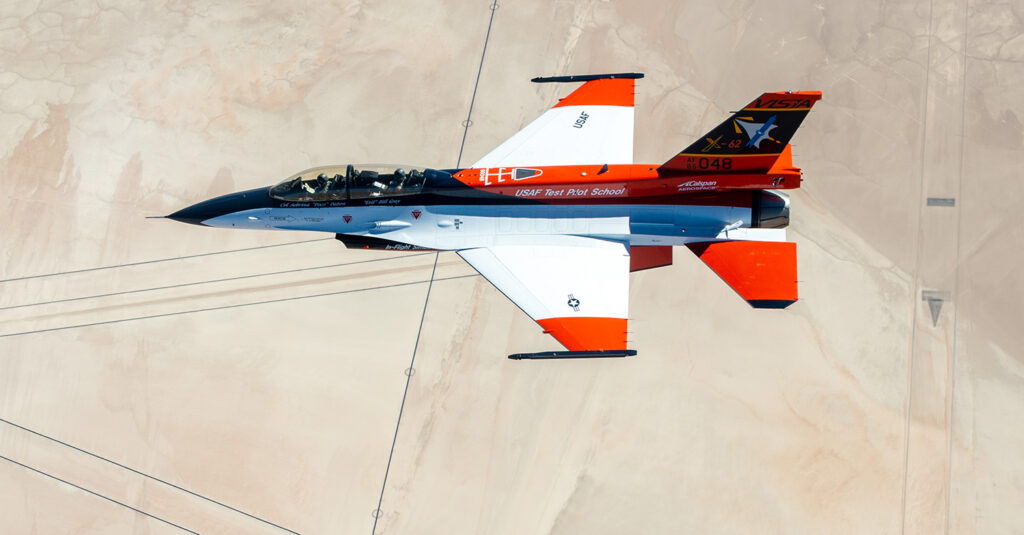
Earlier this month, Air Force Secretary Frank Kendall made history, riding in the cockpit of an AI-piloted F-16 Fighting Falcon through a series of simulated close-quarters air-to-air engagements, more commonly known as good old-fashioned dogfights. These notional scraps pitted the Air Force’s most advanced “AI agents,” a term used to describe the artificial intelligence models devised to pilot tactical aircraft, against highly-trained human fighter pilots with both notional 20mm cannons and close-range air-to-air missiles.
“Basically, when you’re in an engagement like that, what the two pilots are trying to do to gain an advantage is fly the most optimal possible trajectory for their aircraft… so you can get a missile off, and he’s trying to do the same to you,” Kendall said at an AI expo event hosted by the Special Competitive Studies Project in Washington, DC.
“So the skill of the pilots is really important. We were up against a pilot who had two or three thousand hours of experience. He was very good. It was roughly an even fight. But against a less experienced pilot the AI… [and] the automation would have performed better,” he added.
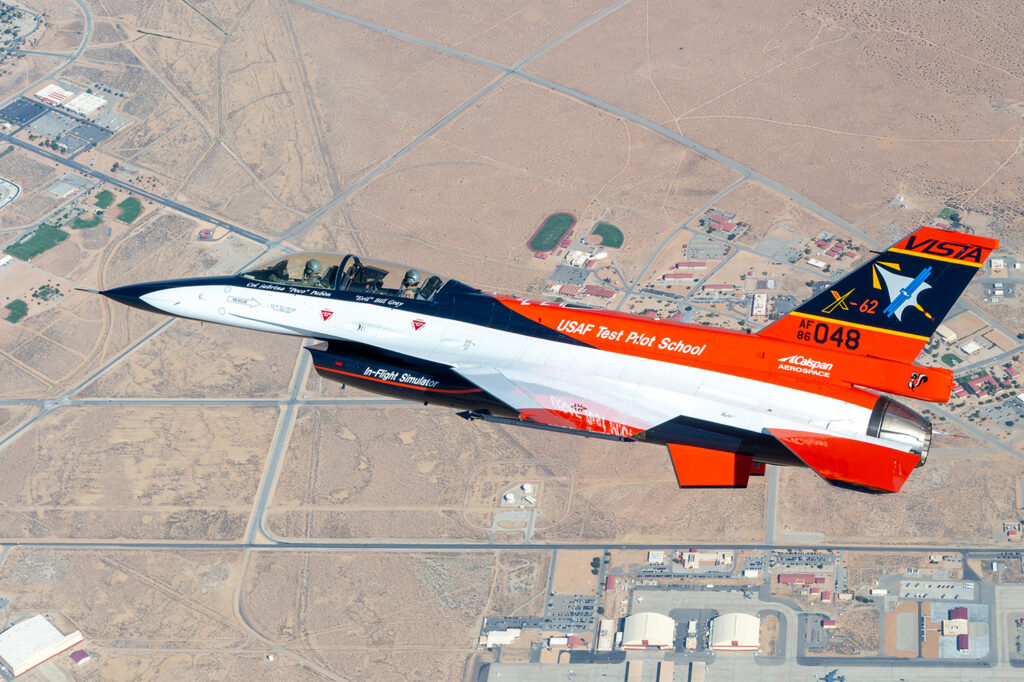
Saying that it was a “roughly even fight” against a pilot with some 2,000 to 3,000 hours in the cockpit of the F-16 may seem like a relatively simple comparison, but this single comment suggests an extremely high degree of capability in the AI agent.
Air Force fighter pilots optimally see between 200 and 250 hours of flight time in their aircraft per year, though those figures can be curtailed for any number of reasons. That means that a pilot with 2,000 and 3,000 hours has between 10 and 15 years of experience, if not more, since unit functions, follow-on education and training, command billets, and more often hinder flight hour accrual for even the most capable of pilots as their careers press on.
In 2014, the Air Force reported that only around 300 pilots in the world had accrued more than 3,000 hours in the F-16 Fighting Falcon since it entered service in 1978; supporting that claim, F-16.net currently lists only 311 pilots ever to achieve this distinction.
In other words, the Air Force Secretary currently places the branch’s F-16-piloting AI as roughly comparable in dogfighting skill to some of the nation’s most experienced and capable aviators.
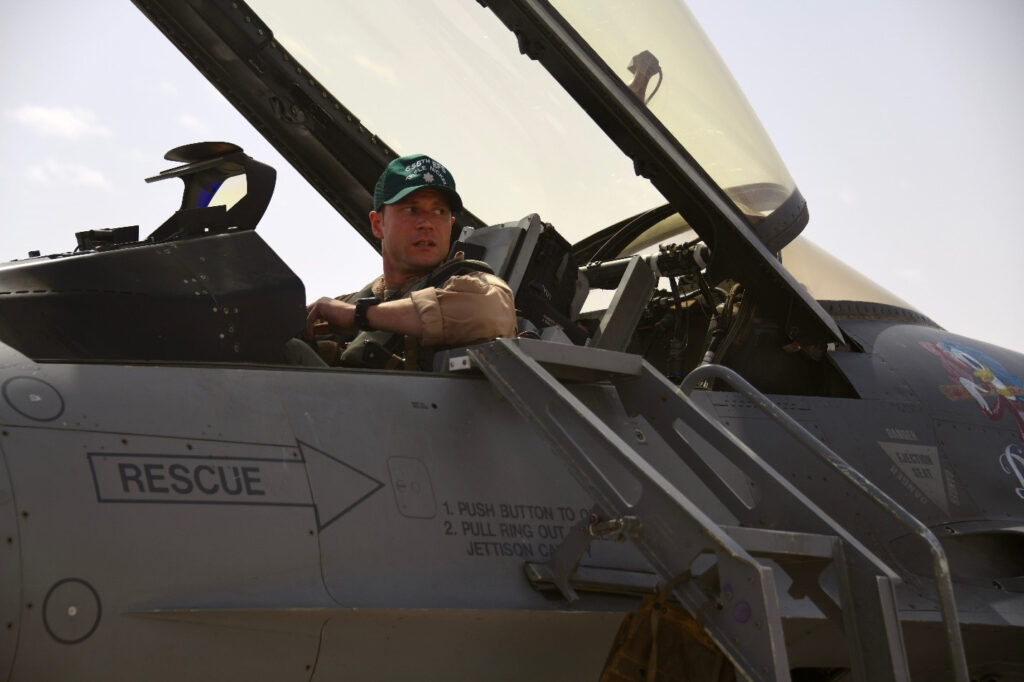
Kendall rode in the front seat of the Air Force’s heavily modified X-62 VISTA – a Block 30 F-16D that has previously incorporated technology, including multi-axis thrust-vector control, not found on any of the Air Force’s operational Vipers. Despite its three-decade-spanning tenure as a part of the Air Force’s Test Pilot School, the aircraft now sits at the forefront of America’s efforts to propel air combat into an entirely new era – one where conventionally crewed aircraft are accompanied by their own formations of AI-enabled drone fighters.
Riding behind Kendall in the cockpit was one of the Air Force’s few VISTA-qualified test pilots, trained to handle not just the unique capabilities of the test bed aircraft, but its new AI software as well. At any point in the exercises, that test pilot could have shut down the AI agent and taken control of the aircraft if necessary for the safety of the jet or its occupants, though that has yet to occur in any of the test flights taking place since this effort made the leap to real aircraft in December 2022.
“So we did about 10 or a dozen different situations where I was in the front seat and I had a button on my stick where basically I initiated the automation,” Kendall explained.
Despite the seemingly common perception of AI as inherently superior to human pilots for these sorts of combat applications, the Air Force still has a lot of work to do before this technology finds its way onto the real battlefield.
“That technology is not quite ready yet, but it’s making very good progress. We got to see three different versions of it. They all performed, I think, in a way which suggests to me personally very strongly that we’re on the right path and we’re gonna get to where we’re headed,” Kendall said.
Read more from Sandboxx News
Related Posts
Sandboxx News Merch
-

‘AirPower’ Classic Hoodie
$46.00 – $48.00 Select options This product has multiple variants. The options may be chosen on the product page -

‘Sandboxx News’ Trucker Cap
$27.00 Select options This product has multiple variants. The options may be chosen on the product page -

‘Kinetic Diplomacy’ Bumper Sticker (Black)
$8.00 Add to cart

Alex Hollings
Alex Hollings is a writer, dad, and Marine veteran.
Related to: Airpower
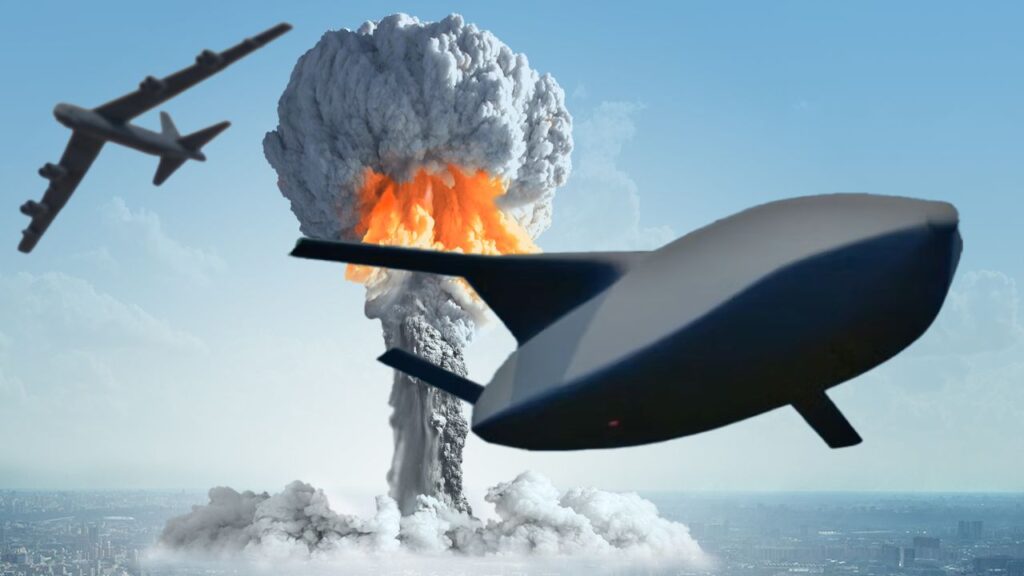
The AGM-181 LRSO missile will modernize America’s nuclear triad
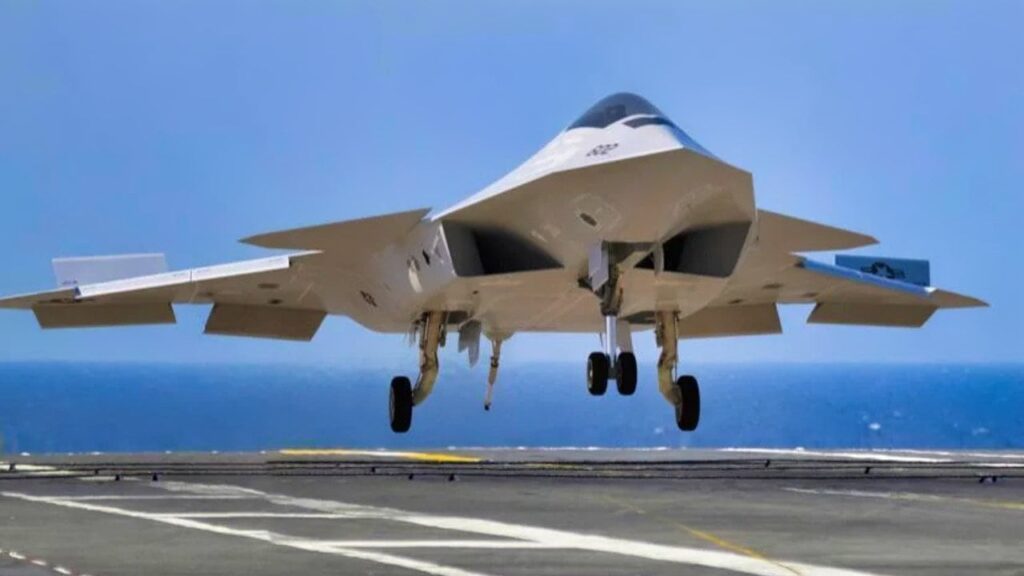
Navy will soon announce the contract award for its F/A-XX 6th-generation jet, according to reports
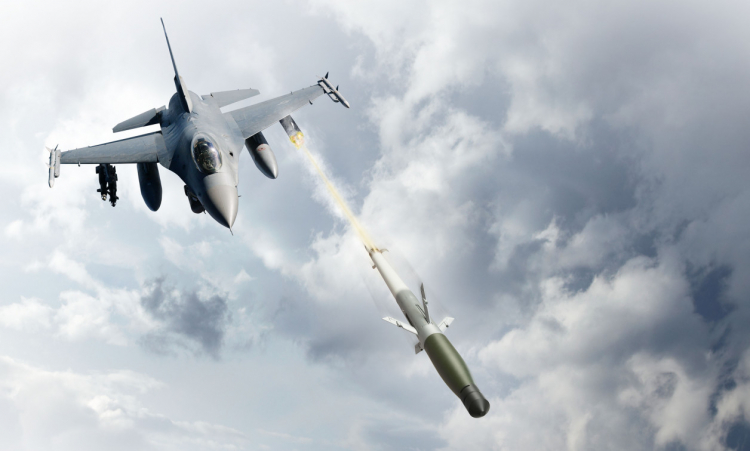
America’s new air-to-air missile is a drone’s worst nightmare
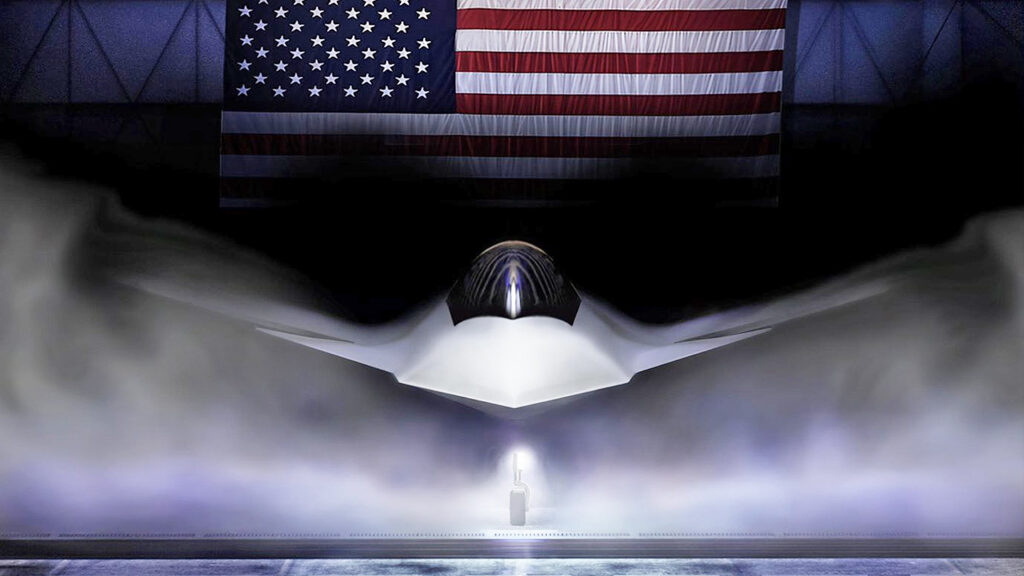
What we can deduce about the Boeing F-47 and its capabilities so far
Sandboxx News
-

‘Sandboxx News’ Trucker Cap
$27.00 Select options This product has multiple variants. The options may be chosen on the product page -

‘AirPower’ Classic Hoodie
$46.00 – $48.00 Select options This product has multiple variants. The options may be chosen on the product page -

‘AirPower’ Golf Rope Hat
$31.00 Select options This product has multiple variants. The options may be chosen on the product page -

‘Sandboxx News’ Dad Hat
$27.00 Select options This product has multiple variants. The options may be chosen on the product page
